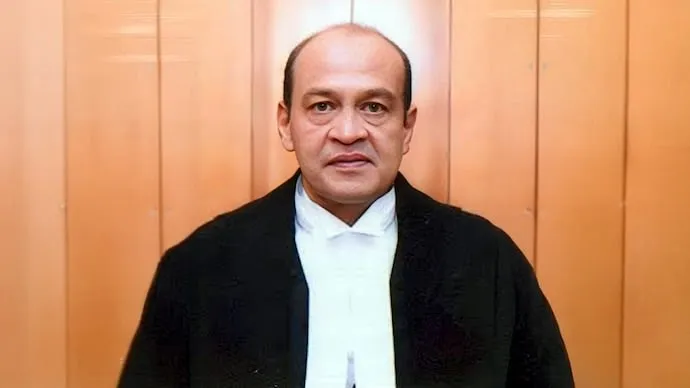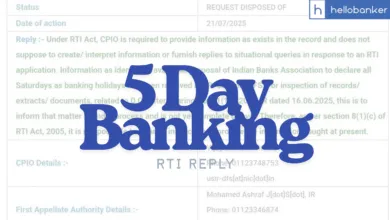Huge Cash found in House of Delhi High Court Judge Yashwant Verma

| ➡️ Get instant news updates on Whatsapp. Click here to join our Whatsapp Group. |
The Supreme Court Collegium has decided to transfer Justice Yashwant Verma from the Delhi High Court back to the Allahabad High Court. This decision comes after a large amount of unaccounted cash was found in his official bungalow in Delhi. The discovery took place last week, during the Holi vacation, and has raised serious concerns within the judiciary.
How the Cash Was Discovered
The incident unfolded when a fire broke out at Justice Verma’s residence in Delhi. At the time, the judge was not present in the city. His family members, who were at home, called emergency services for assistance. When fire officials arrived, they noticed the large sum of cash and alerted the police.
Following standard procedures, the information was passed up through official channels, eventually reaching the Supreme Court Collegium. Chief Justice of India Sanjiv Khanna, who heads the Collegium, took immediate action and ordered Justice Verma’s transfer.
Judiciary’s Response and Immediate Transfer
The Supreme Court Collegium, consisting of five senior judges, held a meeting regarding the matter. The Chief Justice reportedly viewed the situation with utmost seriousness, and the Collegium unanimously decided to transfer Justice Verma to the Allahabad High Court, which is his parent court.
Justice Verma has not yet made any public statement regarding the cash discovery. According to news agency PTI, he did not hold court on the day the news broke and was reportedly on leave.
Concerns About Judicial Integrity
While the Collegium agreed on his transfer, some members felt that stricter action might be necessary. They were concerned that a mere transfer might not be enough to maintain public trust in the judiciary. The reputation of the judiciary is essential for ensuring justice, and any suspicion of misconduct can damage its credibility.
According to legal experts, if further action is required, the judiciary has specific procedures to follow. The Supreme Court’s in-house procedure, established in 1999, requires the Chief Justice of India to seek an explanation from the judge accused of misconduct. If the response is unsatisfactory, a three-member committee can be formed to investigate the matter. This committee typically includes one Supreme Court judge and two chief justices from different high courts.
Potential for Further Investigation
If the internal investigation finds credible evidence of wrongdoing, the case could move towards impeachment. As per Articles 124(4) and 217 of the Indian Constitution, a judge can be removed only through an impeachment process approved by Parliament.
At this stage, the Supreme Court has not initiated a formal inquiry beyond Justice Verma’s transfer. However, the seriousness of the allegations may lead to further scrutiny.
What Lies Ahead?
Justice Verma’s transfer to the Allahabad High Court is a significant step, but whether further action will be taken remains uncertain. The judiciary’s response in the coming weeks will be closely watched, as it will determine how the institution handles allegations of financial misconduct within its ranks.
The incident also raises broader concerns about judicial accountability and the measures needed to ensure the integrity of the legal system in India.

जहां जज पैसे लेकर न्याय करे उस देश का पतन होना तय है। भाई किस बात की कमी है जो घुस लेते हो। विक्रमादित्य के देश में ऐसे न्यायालय और न्यायमूर्ति कलंक से कम नहीं है।
Those who incorrectl will get favour judgement
Most of these black coat people are corrupt and thieves. Imagine the number criminals and terrorists these people spare in exchange of money.
If the money is recovered from a common government servent will the action is only transfer? Or some investigation will be done to ascertain how the huge money has been found. Why similar steps are not followed for Hon’ble jugdes? They are also human beings for erring individuals there should be punishment. But i am not in a hurry, find out the facts let police or cbi investigate the matter. If Hon’ble judge found guilty let law take action. Dont spare any culprit.
This may be a case of planting of heaps of cash and put on fire to defame Justice Verma. It is common sense that no one will hide huge pile of cash in an outer house which is accessible to all and sundry. How the family do not know about such cash lying in outer house?